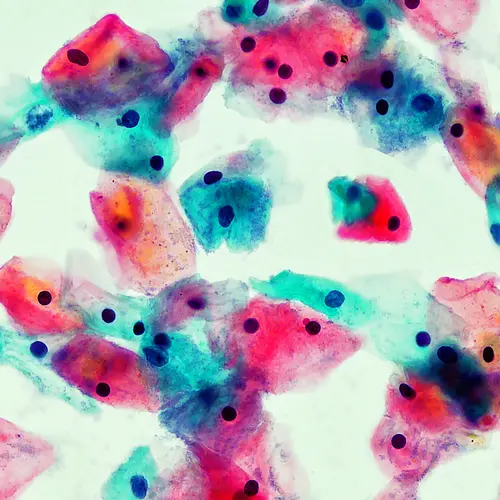When you're diagnosed with cancer, your doctor will tell you what stage it is. That will describe the size of the cancer and how far it's spread.
Cancer is typically labeled in stages from I to IV, with IV being the most serious. Those broad groups are based on a much more detailed system that includes specific information about the tumor and how it affects the rest of your body.
It's important to understand your cancer stage for several reasons:
- Treatment: It helps your doctor decide which treatment will work best. An early-stage cancer may call for surgery while an advanced-stage cancer may need chemotherapy.
- Outlook: Your recovery will depend in part on how early the cancer is found. Your stage gives you an idea of your possible outcomes.
- Research: Most hospitals work with a national database that keeps track of which treatments are used and how well they work. Researchers can compare similar cases to find the most effective treatments.
Staging Groups
Your doctor will use information from test results (clinical stage) or possibly the tumor itself (pathologic stage) to decide your overall stage.
Most cancers that involve a tumor are staged in five broad groups. These are usually referred to with Roman numerals. Other kinds, like blood cancers, lymphoma, and brain cancer, have their own staging systems. But they all tell you how advanced the cancer is.
- Stage 0 means there's no cancer, only abnormal cells with the potential to become cancer. This is also called carcinoma in situ.
- Stage I means the cancer is small and only in one area. This is also called early-stage cancer.
- Stage II and III mean the cancer is larger and has grown into nearby tissues or lymph nodes.
- Stage IV means the cancer has spread to other parts of your body. It's also called advanced or metastatic cancer.
A physical exam and several tests are used to determine your clinical stage -- an estimate of how far the cancer has spread. Tests may include blood and other lab tests and imaging scans. Those may be X-rays or any of the following:
- Magnetic resonance imaging (MRI): Powerful magnets and radio waves are used to make detailed images of the affected area.
- Computerized tomography (CT) scan: Several X-rays are taken from different angles and put together to show more information.
- Ultrasound: High-frequency sound waves are used to make images of the inside of your body.
You also may have a biopsy, in which a small piece of tissue is taken and looked at under a microscope.
If a tumor is removed with surgery, your doctor will learn more about it and how it's affected your body. That information is added to your test results to determine the pathologic stage, or surgical stage. This can be different from the clinical stage, and it's considered more accurate.
TNM System
Another factor your doctor probably will use to determine your overall cancer stage is the TNM system, short for tumor, node, and metastasis. They'll measure each of these and give it a number or an "X" if a measurement can't be determined. The symbols are a bit different for each type of cancer, but this is generally what they mean:
- Tumor (T): "T" followed by a number from 0-4 tells you how large the tumor is and sometimes where it's located. T0 means there is no measurable tumor. The higher the number, the bigger the tumor.
- Node (N): "N" followed by a number from 0-3 tells you if the cancer has spread to your lymph nodes. These are glands that filter things like viruses and bacteria before they can infect other parts of your body. N0 means lymph nodes aren't involved. A higher number means the cancer is in more lymph nodes, farther away from the original tumor.
- Metastasis (M): "M" is followed by either 0 or 1. It says if the cancer has spread to organs and tissues in other parts of your body. A 0 means it hasn't, and a 1 means it has.
Other Factors
Doctors look at other information about your cancer for clues about how it will behave. These include:
- Grade: This is how cancer cells look under a microscope. Low grade means they look a lot like normal cells. High grade means they look very abnormal. Low-grade cancer cells grow more slowly and are less likely to spread than high-grade cancer cells.
- Location: Where the tumor is in your body may make it harder to treat.
- Tumor markers: These are things in your blood or urine that are at higher levels when you have certain kinds of cancer.
- Genetics: The DNA of the cancer cells can tell your doctor if it's likely to spread and what treatment may work.
Once your doctor has all this information and has assigned numbers to T, N, and M, they can determine your overall stage.
Stages Don't Change
Your cancer stage typically stays the same as when you're first diagnosed, no matter what happens with the disease. For example, if you're diagnosed with stage II lung cancer, that's what it will be called, whether it spreads or goes into remission. That's when cancer cells are gone.
This is because your treatment options and chances of recovery usually are based on how early your cancer is found.
In a few cases, cancer may be restaged with a new round of tests after treatment or if it comes back.

